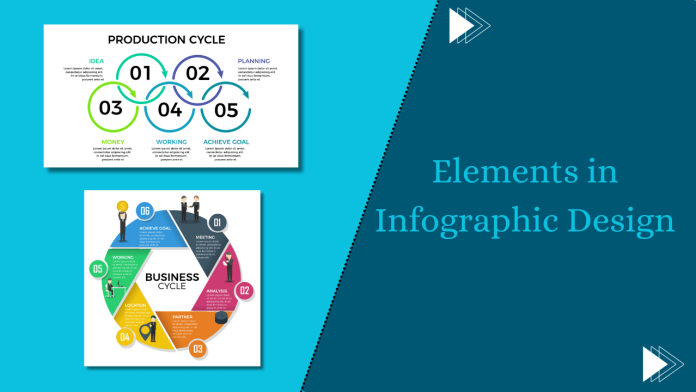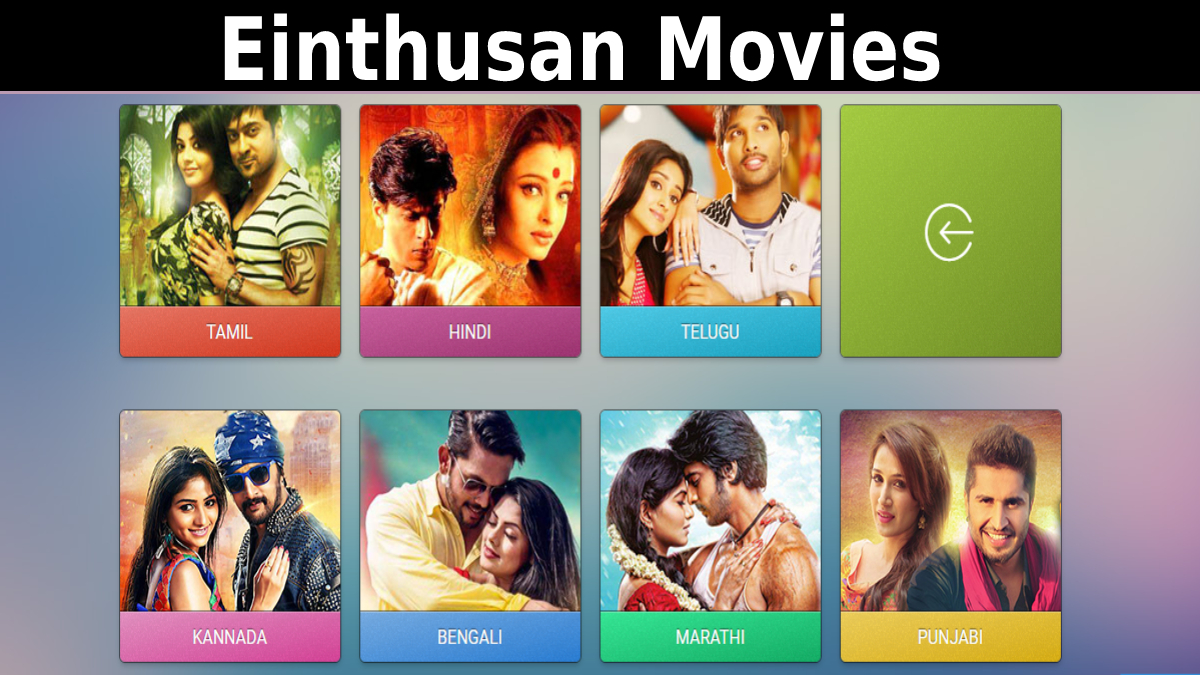In the fast-paced world of digital communication, visual content plays a pivotal role in conveying complex information swiftly and effectively. Infographics, a blend of visuals and text, have emerged as powerful tools for presenting data and ideas in an engaging manner. in this blog, we will learn the elements in infographic design that can help you create templates.
Definition of Infographic Design
Infographic design involves the art and science of creating visual representations of information. These graphics aim to simplify complex concepts, making data more accessible to a broad audience. The marriage of imagery and text allows for a quick grasp of ideas that might be challenging to convey through traditional text alone.
Importance of Infographics in Communication
In a world inundated with information, attention spans are shrinking. Infographics cut through the clutter, providing a concise and visually appealing way to convey information. Whether for educational purposes, marketing campaigns, or data analysis, infographics have become indispensable in various fields.
Key Terms in Infographic Design
Visual Hierarchy
Visual hierarchy determines the order in which the audience perceives information within an infographic. Elements are strategically arranged to guide the viewer’s attention, ensuring the most critical information is presented first.
Typography
The choice of fonts and their arrangement contribute significantly to the overall impact of an infographic. Clarity and readability are paramount, and the right typography can enhance the visual appeal of the design.
Color Palette
Colors evoke emotions and convey messages. Infographic designers must carefully choose a color palette that aligns with the content and the desired emotional response. Consistency in color usage fosters a cohesive visual experience.
Iconography
Icons are symbolic representations that simplify complex concepts. Effective use of icons aids in creating a visually appealing and easily understandable infographic.
Data Visualization
Transforming raw data into comprehensible charts, graphs, and diagrams is a crucial aspect of infographic design. Data visualization ensures that the information presented is not only accurate but also easily digestible.
Tools for Creating Infographics
PhotoADKing
Creating infographics has become increasingly popular, and tools like PhotoADKing have emerged as powerful resources for designing visually appealing and informative graphics. PhotoADKing provides a user-friendly platform with a wide range of templates, graphics, and customization options, making it accessible for both beginners and experienced designers. The intuitive interface allows users to create elements, add text, and manipulate visuals effortlessly. For added convenience, PhotoADKing offers an extensive collection of creative infographic templates, providing a diverse range of pre-designed layouts to spark creativity and streamline the infographic creation process.
Moreover, the app offers various design elements suitable for different purposes, from business presentations to social media posts. When it comes to choosing the best app for making infographics, PhotoADKing stands out for its versatility and ease of use, making it a top choice for individuals and businesses looking to convey information in a compelling and engaging way.
Elements of Infographic Design
Layout and Composition
The arrangement of elements on the infographic plays a crucial role in user experience. A well-organized layout guides the viewer through the information seamlessly.
Imagery and Graphics
High-quality images and graphics enhance the overall aesthetic of an infographic. Relevant visuals can help break up text, making the information more engaging.
Charts and Graphs
Clear and accurate charts and graphs transform numerical data into visual insights. Choosing the right type of chart for the information being presented is essential.
Textual Content
Concise and compelling text is vital in conveying the message. Too much text can overwhelm the viewer, while too little may lead to confusion. Striking the right balance is key.
Branding Elements
For infographics used in marketing, incorporating brand elements like logos and colors helps in brand recall. Consistency in branding across all visual materials is crucial for brand recognition.
Best Practices for Infographic Design
Simplicity and Clarity
Infographics are meant to simplify information. Keeping the design simple and ensuring clarity in communication should be the top priorities.
Consistency in Design Elements
Maintaining a consistent design throughout the infographic creates a cohesive visual experience. Consistency fosters brand recognition and improves overall aesthetics.
Mobile Responsiveness
Given the prevalence of mobile devices, infographics must be designed to be responsive across various screen sizes. This ensures a seamless viewing experience for all users.
Storytelling Through Infographics
Infographics are not just about presenting data; they are a storytelling tool. Crafting a narrative within the infographic adds depth and engagement.
Case Studies
Successful Infographic Campaigns
Examining successful infographic campaigns provides insights into effective design strategies and the impact they can have on the target audience.
Learning from Mistakes in Infographic Design
Analyzing failures in infographic design helps designers understand pitfalls to avoid and challenges to overcome.
Future Trends in Infographic Design
Interactive Infographics
The future of infographics involves greater interactivity, allowing users to engage with the content actively.
Animated Infographics
Animation adds a dynamic element to infographics, making them more engaging and memorable.
Virtual and Augmented Reality Infographics
As technology advances, the integration of virtual and augmented reality into infographics may become a mainstream trend.
Infographics in Digital Marketing
SEO Benefits of Infographics
Search engines favor visual content, and well-optimized infographics can contribute to improved SEO rankings.
Social Media Engagement
Infographics are highly shareable on social media platforms, increasing brand visibility and engagement.
Infographics in Email Marketing
Incorporating infographics into email marketing campaigns can increase click-through rates and user engagement.
Common Challenges in Infographic Design
Information Overload
Balancing the amount of information presented is crucial to avoid overwhelming the audience.
Misinterpretation of Data
Designers must ensure that data is accurately represented to prevent misinterpretation by the audience.
Balancing Creativity and Relevance
Finding the right balance between creative design elements and maintaining relevance to the topic is a constant challenge.
Conclusion
In conclusion, mastering the terms and elements of infographic design opens a gateway to effective communication in the digital age. By understanding the key components, embracing best practices, and staying abreast of trends, designers can create visually stunning and impactful infographics.








